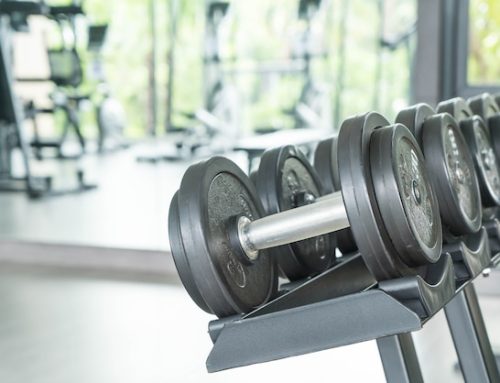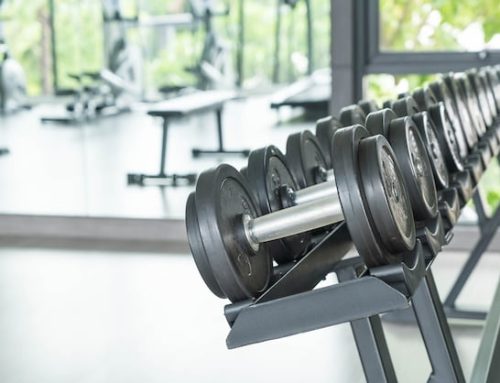Introduction
When it comes to weightlifting, everyone has their own goals and aspirations. Some people want to bulk up and build more muscle, while others want to tone and define their bodies. But regardless of what your fitness goals may be, one thing is for certain: you need to have a good workout to see results. But how do you know if you had a good workout? In this article, we’ll explore some of the key indicators that you’ve had a successful weightlifting session.
The principle of good training in the gym
Increased Strength
One of the best ways to measure the success of your weightlifting routine is to track your increasing strength over time. This can be done by keeping a record of how much weight you can lift for each exercise, and then checking back periodically to see if you’ve improved. For example, if you can lift 50lbs on the bench press this month, but next month you’re able to lift 60lbs, then you can be confident that you’re making progress.
Fatigue and Soreness
Another sign that you’ve had a successful workout is that you experience fatigue and muscle soreness afterwards. This may sound counterintuitive, but it’s actually a sign that you’ve pushed your muscles to their limit and are breaking down tissue in order to build it back up stronger. So if you’re feeling a little sore the day after your workout, take it as a sign that you’re on the right track.
Improved Cardiovascular Health
Weightlifting isn’t just about building muscle – it also has a host of other health benefits, including improved cardiovascular health. When you lift weights, you increase your heart rate and cause blood to flow more freely through your body. This helps to improve your overall fitness level and can lead to a reduced risk of heart disease, stroke, and other cardiovascular illnesses.
Improved Mood and Energy
Many weightlifters report feeling a sense of euphoria or “runner’s high” after a good workout. This is because exercise helps to release endorphins in the brain, which are the body’s natural mood boosters. So if you’re feeling more energized and upbeat after a trip to the gym, it’s a sign that you’re on the right track.
Improved Body Composition
Another way to tell if you’re having a successful weightlifting session is to track your body composition over time. This can be done by measuring your body fat percentage, muscle mass, and overall weight. If you’re seeing improvements in these areas over time, then you can be confident that your hard work is paying off. Keep in mind, however, that weightlifting alone won’t necessarily lead to weight loss – you’ll need to pay attention to your diet as well.
Consistency
Perhaps one of the most important indicators of a successful weightlifting routine is consistency. Building strength and muscle mass takes time, and you won’t see results overnight. But if you stick with your workout plan and make it a regular part of your routine, you’ll eventually start to see improvements. So keep showing up to the gym, even on days when you don’t feel like it – your body will thank you in the long run.
In Conclusion
When it comes to weightlifting, there are a number of different ways to tell if you’ve had a good workout. Whether you’re tracking your increasing strength, feeling sore in all the right places, or seeing improvements in your overall fitness level, there are plenty of signs that your weightlifting routine is paying off. So stay consistent, track your progress, and don’t forget to celebrate your successes along the way. Happy lifting!
| Indicator | Definition |
|---|---|
| Increased Strength | Track increasing weight lifted for each exercise |
| Fatigue and Soreness | Experience physical exhaustion and muscle soreness after workout |
| Improved Cardiovascular Health | Increased heart rate and blood flow leads to improved cardiovascular health |
| Improved Mood and Energy | Release of endorphins leads to improved mood and energy |
| Improved Body Composition | Track changes in body fat percentage, muscle mass, and overall weight |
| Consistency | Regularly showing up to the gym and sticking to a workout plan |






